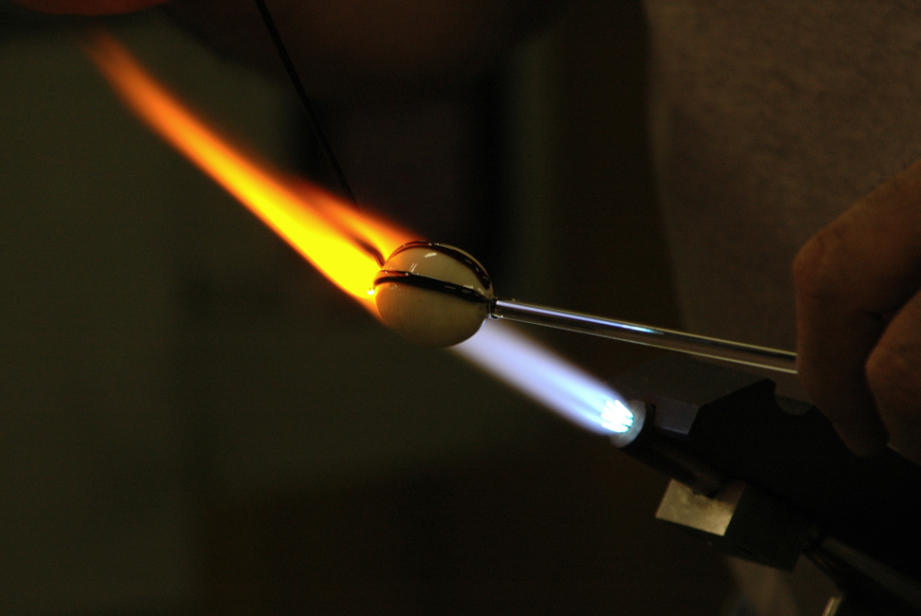
[Image above] Credit: Mike Willis; Flickr CC BY-ND 2.0
At the end of February, the U.S. Department of Energy launched a $40 million effort to improve materials for clean energy solutions.
And many science agencies have seen their federal budgets for R&D return to levels in FY 2016 not reached since the FY 2013 sequestration—even adjusting for inflation, according to the American Association for the Advancement of Science.
Companies are also getting on-board with more cash for new materials research. Earlier this year CoorsTek announced plans to invest $120 million to build an advanced materials R&D facility in its headquarters city of Golden, Colo., “outfitted with leading-edge equipment to develop innovative ceramic materials and processes for a variety of next-generation applications,” according to a company press release.
With renewed focus on R&D for new materials this year, materials scientists continue to develop and/or discover materials that are stronger with improved performance, even in extreme environments. But the processes required to produce such advanced materials need to be energy- and cost-efficient if there’s any hope of real scalability.
This week, Penn State University (State College, Pa.) researchers announced they’ve developed a new technology called cold sintering process (CSP) that has the potential to “combine incompatible materials, such as ceramics and plastics, into new, useful compound materials” that will also reduce the costs associated with many types of manufacturing, according to a university press release.
Making ceramics and ceramic-based composites tends to require some serious heat—whether it’s firing pottery in a kiln or sintering ceramic powders using ultra-high temperature furnaces.
“In this day and age, when we have to be incredibly conscious of the carbon dioxide budget, the energy budget, rethinking many of our manufacturing processes, including ceramics, becomes absolutely vital,” ACerS member Clive Randall, professor of materials science and engineering at Penn State who developed the process with his team, says in the release. “Not only is this a low temperature process (room temperature up to 200ºC), but we are also densifying some materials to over 95% of their theoretical density in 15 minutes. We can now make a ceramic faster than you can bake a pizza, and at lower temperatures.”
Randall and his team selected three types of polymer to complement the properties of three types of ceramics—a microwave dielectric, an electrolyte, and a semiconductor—to highlight the diversity of applicable materials. “These composite materials demonstrate new possibilities for dielectric property design, and both ionic and electronic electrical conductivity design, and can be sintered to high density at 120°C in 15 to 60 minutes,” the release explains.
The new CSP technology is a dual-process:
- Process #1: The researchers wet ceramic powder with a few drops of water or acid solution. The powder’s particles’ solid surfaces partially dissolve in the solution, which creates a liquid phase at particle-to-particle interfaces, the release explains. When the researchers apply temperature and pressure to the liquid, the solid particles rearrange and densify.
- Process #2: Clusters of ions move away from where the particles are in contact, which aids in diffusion, minimizes surface free energy, and allows the particles to pack tightly together.
Randall notes, however, that it’s also crucial to know the exact combination of moisture, pressure, heat, and time required to capture the reaction rates to ensure the material completely crystalizes and sufficiently densifies.

An artistic interpretation circulated with the Penn State press release about the research of the cold sintering of ceramic particles (white) and polymer strands (green) using low heat to evaporate added water molecules (blue). Credit: Jennifer M. McCann/MRI
“I see cold sintering process as a continuum of different challenges,” Randall adds. “In some systems, it’s so easy you don’t need pressure. In others you do. In some you need to use nanoparticles. In others, you can get away with a mixture of nanoparticles and larger particles. It really all depends on the systems and chemistries you are talking about.”
The team expects their CSP technology will open up new possibilities for architectural materials, like ceramic bricks and thermal insulation, as well as biomedical implants and electronics.
“My hope is that a lot of the manufacturing processes that already exist will be able to use this process, and we can learn from polymer manufacturing practices,” Randall says.
Randall and his team are currently building a library of the precise techniques required to use CSP on various materials systems, including ceramic-ceramic composites, ceramic-nanoparticle composites, ceramic-metals, and ceramic-polymers.
The paper, published in Advanced Functional Materials, is “Cold sintering process of composites: Bridging the processing temperature gap of ceramic and polymer materials” (DOI: 10.1002/adfm.201602489).
